In the increasingly interconnected world of global trade, the concept of a dry port has become a vital component in the supply chain. But what exactly is a dry port? In simple terms, a dry port is an inland terminal that connects to a seaport. It enables items to be efficiently transported between various means of transportation, including ships, trucks, and trains. This setup plays a crucial role in easing congestion at busy seaports and streamlining the movement of goods over long distances.
Understanding the “dry port meaning” and its functions is important for businesses dealing in international trade. Dry ports reduce transportation costs and improve the overall efficiency and speed of cargo handling.
This article aims to comprehensively understand dry ports’ role in the global supply chain, their benefits and problems, the most prominent dry ports worldwide, and how they contribute to the seamless transfer of goods across borders. Whether you’re new to the concept or want to expand your understanding, this guide will provide the necessary information.
Core Functions of Dry Ports
Dry ports play a vital role in the global supply chain. They perform essential functions that keep goods moving efficiently from seaports to inland destinations. These core functions are crucial to minimizing delays and ensuring logistics run smoothly.
- Customs Clearance: One of the primary roles of a dry port is handling customs clearance, where goods undergo inspection, documentation, and approval for entry into a country. This step is crucial for compliance with import and export regulations and helps avoid bottlenecks at busy seaports.
- Cargo Handling and Storage: Dry ports have advanced infrastructure to manage and store cargo effectively. It includes unloading, loading, and securely storing goods until they are ready to be forwarded to their final destinations. Intoglo ensures that your cargo is handled carefully and stored securely, reducing the risk of delays and damage.
- Transshipment and Intermodal Transfer: Another critical function of dry ports is facilitating the seamless transhipment and intermodal cargo transfer. It involves transferring goods between different modes of transportation, such as from ships to trains or trucks. By leveraging Intoglo’s integrated solutions, you can ensure your goods move swiftly and cost-effectively across the global supply chain,
maximizing efficiency and minimizing transit times.
With Intoglo’s door-to-door FCL shipping solutions from India to the USA, you gain access to dedicated Customs House Agents (CHAs) at all major ports, seamless internal filing of Automated Manifest System (AMS) and Importer Security Filing (ISF), a robust in-house compliance team, and express clearance facilities.
Role in the Global Supply Chain
Dry ports are pivotal in the global supply chain. They are vital facilitators that enhance the efficiency, speed, and reliability of goods movement across borders. Their strategic role is multifaceted, addressing several critical needs in international trade.
Efficient Link Between Seaports and Inland Regions
Dry ports create a seamless connection between significant seaports and inland areas, transferring goods quickly and efficiently. By handling cargo that would otherwise congest seaports, dry ports help reduce delays and improve the overall trade flow. This efficient linkage ensures that even remote regions can access global markets, supporting economic growth and development.
Facilitation of Standardized Container Movement
The global supply chain relies heavily on standardized containers for transporting goods. Dry ports are crucial in maintaining this standardization by providing the necessary infrastructure for handling containers. They allow for the seamless movement of containers between modes of transportation, such as trucks, ships, and trains, ensuring that goods move smoothly through the supply chain without needless repacking or delays.
Central Distribution Hubs Speeding Up Cargo Movement
Dry ports often function as central distribution hubs, where goods are sorted, stored, and dispatched to their final destinations. This centralization helps speed cargo movement by reducing the need for multiple handling points. Consolidating cargo at dry ports allows businesses to benefit from quicker turnarounds and more efficient operations, lowering transportation costs and increasing delivery dates.
Benefits of Dry Ports
Dry ports offer numerous benefits that enhance the efficiency and effectiveness of global supply chains. Here are some key advantages:
1. Reduced Congestion at Seaports: Dry ports help relieve seaport overcrowding by relocating many logistical processes inland. It leads to smoother operations and faster turnaround times for vessels, which minimizes delays in the shipping process.
2. Cost Efficiency: Dry ports can significantly lower transportation and handling costs. They allow cargo consolidation, meaning more significant, cost-effective shipments can be moved via rail or road. Additionally, inland customs clearance reduces the need for storage at expensive seaport facilities, further driving down costs.
3. Improved Supply Chain Management: Dry ports’ strategic inland locations enable better distribution planning and inventory management. Their proximity to manufacturing hubs and end markets allows faster and more flexible responses to supply chain demands.
4. Enhanced Customs Efficiency: Dry ports streamline customs by handling clearance from the busy seaport environment. This results in quicker processing times and fewer bottlenecks, which is particularly beneficial for time-sensitive goods.
5. Environmental Benefits: By shifting more cargo to rail transport, dry ports contribute to a reduction in road traffic, leading to lower emissions and a smaller carbon footprint. It makes them an eco-friendly alternative to traditional logistics practices.
6. Accessibility to Landlocked Regions: Dry ports provide crucial access to global trade for landlocked regions, enabling these areas to connect with international markets more effectively. It fosters economic development and creates opportunities for local businesses.
In summary, dry ports are vital in enhancing global supply chains’ efficiency, cost-effectiveness, and environmental sustainability, making them an integral component of modern logistics.
Differences Between Dry Ports and Other Logistics Platforms
When comparing dry ports to other logistics platforms, several key distinctions highlight their unique role in the global supply chain. Here’s a breakdown of the differences:
1. Location
- Dry Ports: Located inland, often close to major industrial zones or transportation hubs, dry ports serve as extensions of seaports, bringing many port functions closer to the point of origin or destination.
- Seaports: Positioned along coastlines, seaports are the primary entry and exit points for international maritime trade.
- Inland Container Depots (ICDs): Similar to dry ports in being inland, but typically smaller and focused mainly on handling containerized cargo rather than providing the full range of services found at dry ports.
- Freight Terminals: Usually located along major transport routes, these terminals facilitate the transfer of goods between different modes of transport, such as from rail to road, but do not offer extensive customs or cargo handling services.
2. Functions
- Dry Ports: Offer various services, including customs clearance, cargo handling, warehousing, and intermodal transfers. They act as a full-service logistics hub away from the coast.
- Seaports: Primarily focused on handling maritime cargo, loading and unloading ships, and providing storage and customs services at entry or exit.
- Inland Container Depots (ICDs): Primarily used for storing and handling containers. They might offer customs clearance but are more limited in scope than dry ports.
Intoglo excels in this area by offering specialized services in PAN India, such as having its own CFS (Container Freight Station) space at all major ports and ICDs and cargo consolidation, palletization, and stuffing services.
- Freight Terminals: Focused on the transfer of goods between different transportation modes. They typically do not handle customs procedures or offer extensive warehousing facilities.
3. Connectivity
- Dry Ports: Highly integrated with rail and road networks, ensuring efficient movement of goods to and from seaports. They are designed to facilitate intermodal transport, seamlessly linking different modes of transportation.
- Seaports: Connected mainly to maritime routes, with supporting rail and road transport infrastructure. However, their primary focus is on handling ocean-going vessels.
- Inland Container Depots (ICDs): Linked primarily by road and sometimes rail, with the primary goal of facilitating container transport between the seaport and the inland destination.
Intoglo provides pickup within 24 hours from anywhere in India and LTL pickups for consolidation at major CFS for shippers.
- Freight Terminals: Positioned along significant road and rail networks, they serve as junction points for cargo transfer but need more comprehensive connectivity from dry ports.
4. Scope of Services
- Dry Ports: Provide a comprehensive range of services, including customs clearance, cargo consolidation, warehousing, and value-added services like packaging and labeling.
- Seaports: Focused on importing and exporting goods via sea, with services centered around maritime logistics.
- Inland Container Depots (ICDs): Offer limited services, mainly focused on container storage, handling, and essential customs clearance.
- Freight Terminals: Primarily offer transhipment services, helping goods move between different transportation modes without extensive additional services.
In summary, while dry ports share some similarities with other logistics platforms, they are distinguished by their inland location, comprehensive service offerings, and integration into the broader supply chain. Dry ports are a vital component in efficiently moving goods across global markets.
Conclusion
Dry ports are pivotal in modern global supply chains, bridging the gap between inland production centers and international markets. By offering extensive logistics services, from customs clearance to cargo handling and intermodal transfers, dry ports maximize efficiency, cut costs, and enhance the overall flow of goods. Their strategic locations inland allow for better distribution planning, quicker response times, and reduced congestion at seaports, making them indispensable in today’s fast-paced trade environment.
If you want to streamline your cross-border logistics between India and the USA, Intoglo is your trusted partner. Intoglo is present in all major ports in India and offers a full range of services specific to your needs. With dedicated CHAs at every major port, PAN India trucking partnerships with leading truckers, and its own CFS space at significant ports and ICDs, Intoglo ensures seamless cargo movement. Take advantage of special contract rates, multiple routing options, and an unparalleled commitment to efficiency and reliability.
Explore how Intoglo can enhance your supply chain by providing top-notch logistics solutions that ensure your goods reach their destination swiftly and securely.


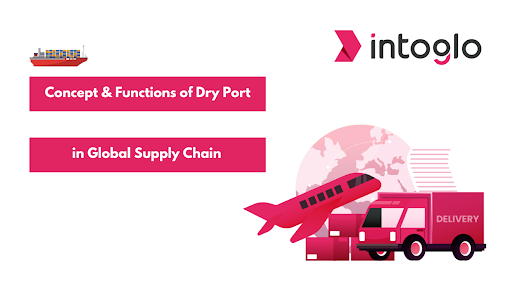
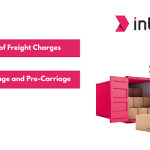
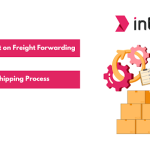
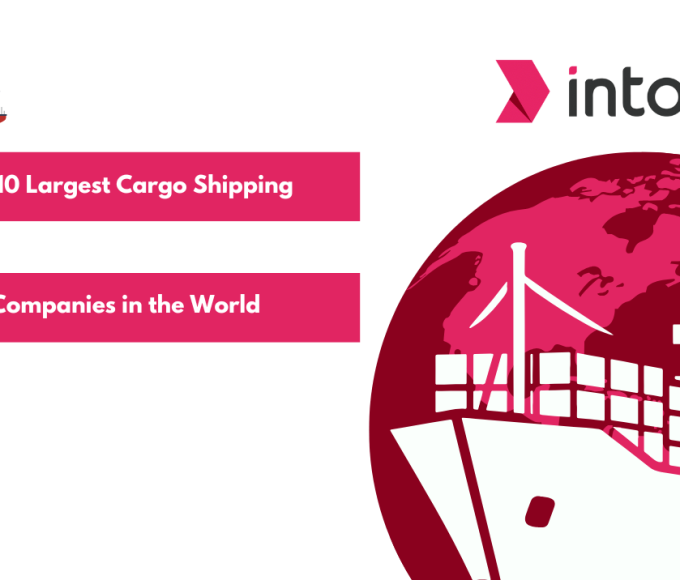

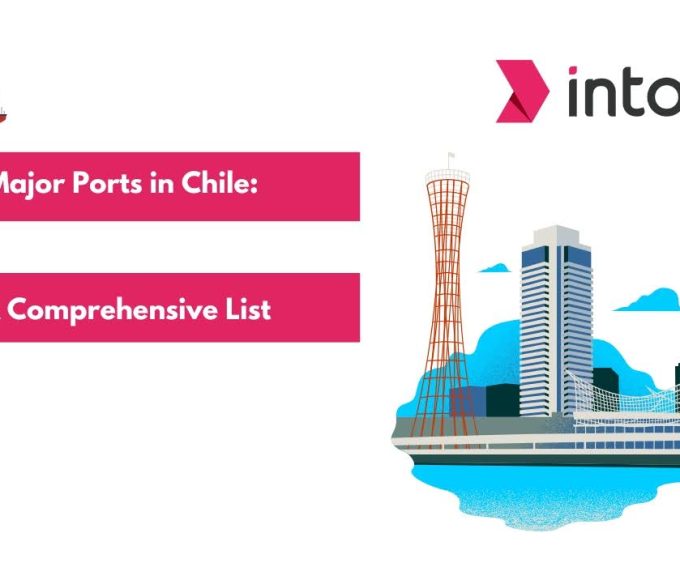
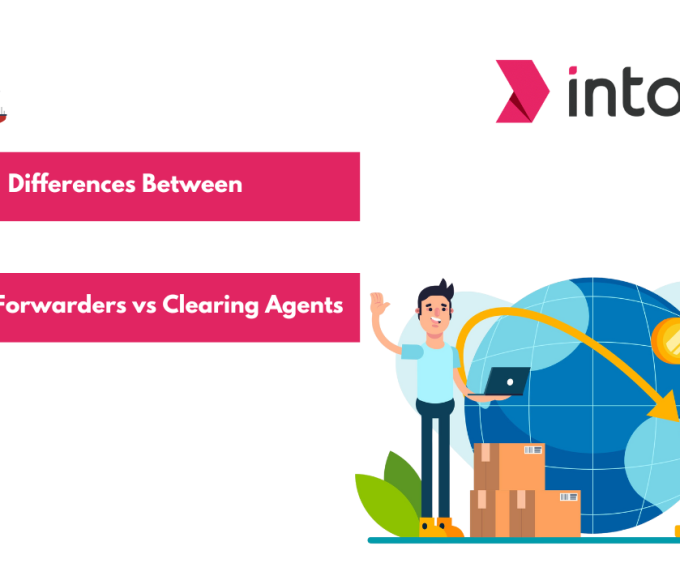
Leave a comment